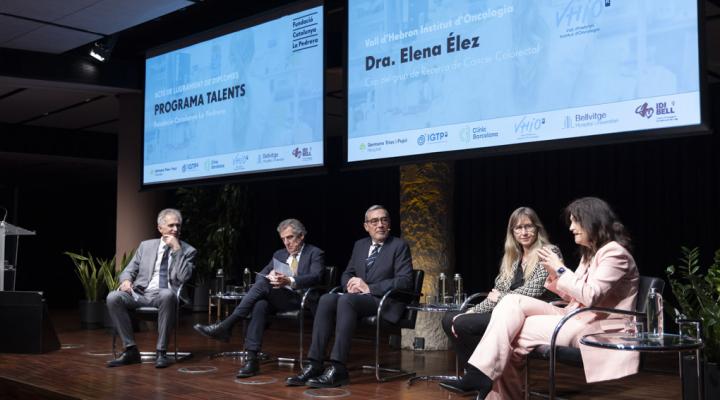
Talents Programme
Research assistance for young medical specialists and other healthcare professionals who want to undertake a research project while remaining associated with the care provided at the hospital.
Research grants for the 20-21 edition
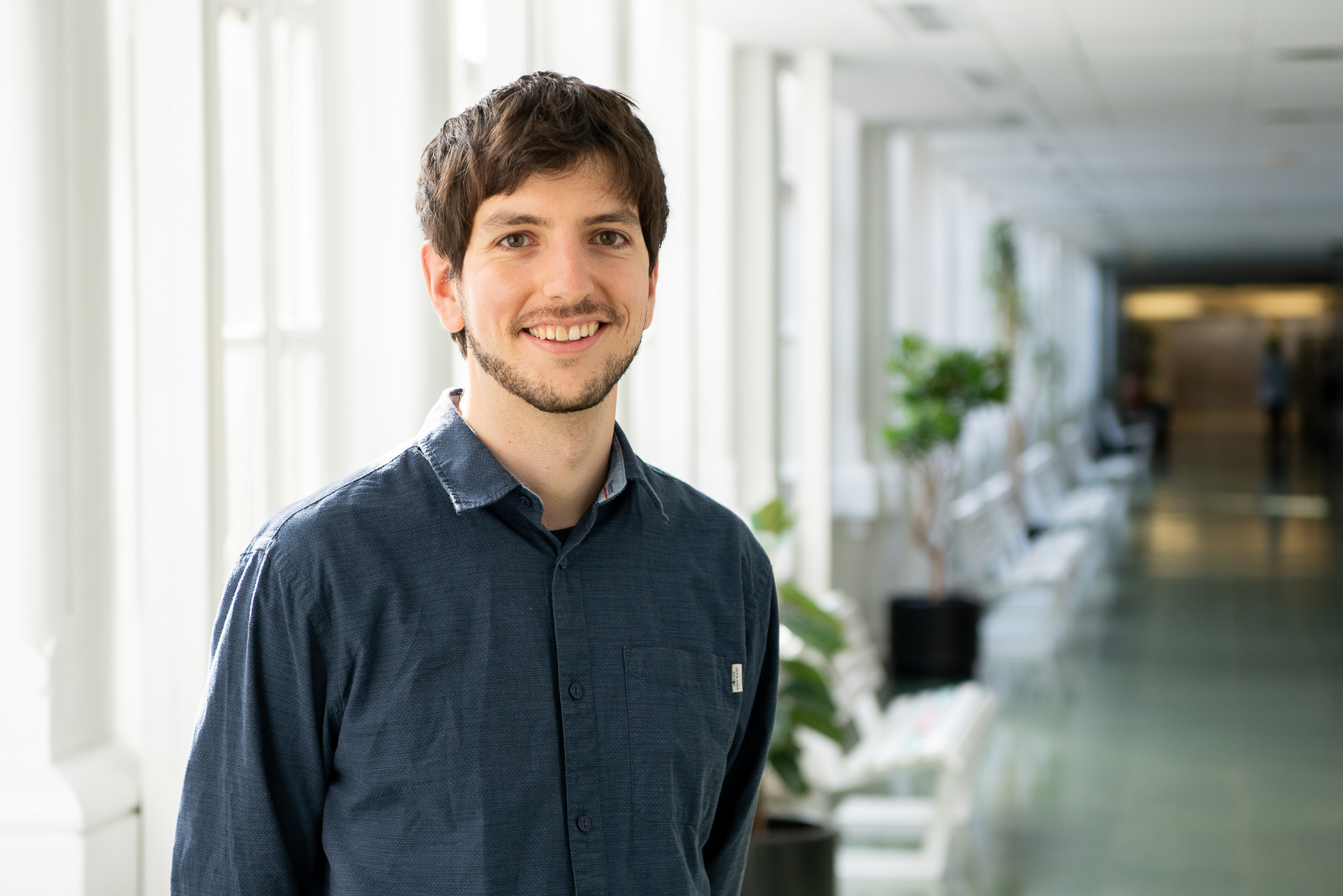
Graduate in Medicine from the University of Barcelona at Hospital Clínic (2009-2015), where he also specialized in Neurology (2016-2020). He has presented multiple communications in national and international conferences and published several articles in journals such as Sleep, European Journal of Neurology, European Neurology Journal or Neurología. For 2 years he was coordinator of the study group of residents of the Catalan Neurology Society (2017-2019). He is a collaborator of the Neurological Tissue Bank of the Hospital Clínic-IDIBAPS-University of Barcelona (2017). He currently works at the Sleep Unit of the Neurology Service of Hospital Clínic with a research contract obtained with the Extraordinary Prize “Clínic-La Pedrera” at the end of his residency.
PROJECT SUMMARY
Detection of alpha-synuclein and degree of neuronal senescence in biopsies and surgical resections of peripheral organs in REM sleep behavior disorder as a premotor model of Parkinson’s disease.
Parkinson’s disease (PD) is common and has no cure. When motor symptoms begin, the disease is already in an advanced stage and neuronal damage is extensive, characterized by deposition of alpha-synuclein (AS) in neurons, both in the central and peripheral nervous systems (e.g. the digestive system). Hence, it is too late to offer a neuroprotective treatment. REM sleep behaviour disorder (RBD) is the most specific initial symptom of PD, before developing motor or cognitive symptoms; it offers an opportunity to test early neuroprotective treatments. However, it is necessary to select RBD patients with a higher risk of suffering from PD and therefore it is important to demonstrate the presence of AS. In this case-control study, we use 150 peripheral nervous tissue samples from patients with RBD that were previously performed in clinical practice, and we evaluate the presence of AS with specific antibodies. To assess the associated neurodegeneration, we analyse neuronal senescence by quantifying lipofuscin.
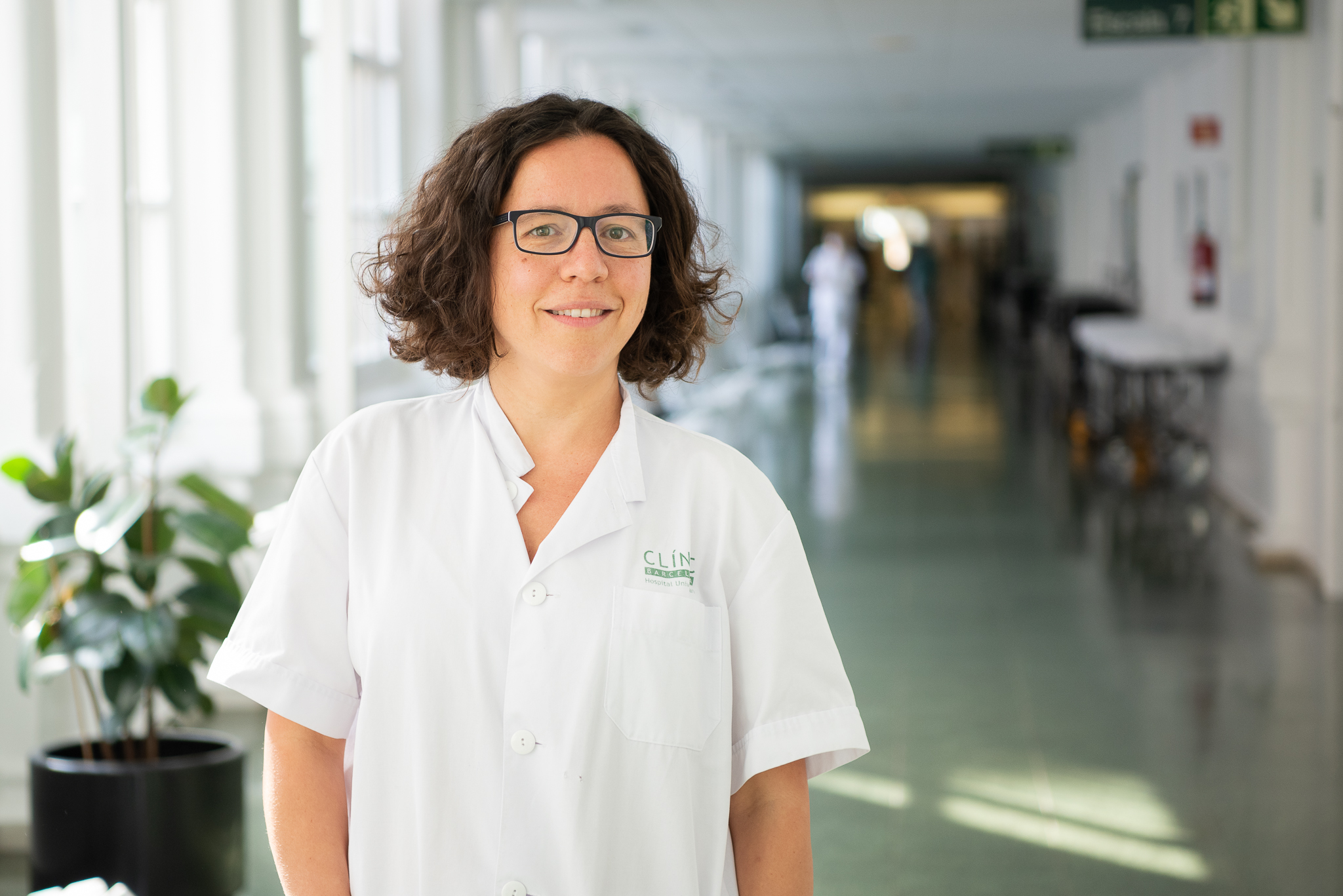
Nursing Graduate in 1997, she obtained the title of Specialist Nurse in Mental Health Nursing in 2010.
Graduated in Psychology in 2004 and in Psychopedagogy in 2013.
She has completed various postgraduate and master’s degrees. In 2018 she obtained the official master’s degree in Initiation to Mental Health Research.
She works as a care nurse at the Hospital Clínic de Barcelona since 1998.
She is currently carrying out her doctorate degree at the University of Barcelona in the "Translational Medicine and Research" program
Since 2019 she has been a member of the addiction research group of the Fundació Clínic per a la Recerca Biomèdica”.
Since the 2018, she has been an associate professor at the University of Barcelona where she teaches "Psychosocial Sciences applied to Health" and has supervised various Final Degree Projects.
In 2019, she won the award for the best oral communication at the 8th Catalan Conference on Mental Health Nursing with the work: “Let's tackle smoking in the mental health day hospital”. She was also awarded for the oral communication: "Approach to smoking in the mental health day hospital" in the 1st Nursing Conference on smoking.
PROJECT SUMMARY
Approach to smoking in the mental health day hospital
Smoking is one of the main modifiable risk factors that contributes to the early mortality of people with serious mental illnesses, reducing their life expectancy by 25 years, compared to smokers without psychiatric comorbidity, in which the reduction is of 10 years.
Despite the reduction in prevalence in the West, tobacco use has remained unchanged since the 1990s in individuals with psychiatric disorders, although the motivation to quit smoking is similar. This persistent high prevalence of smoking reflects a major failure of public health and clinical services to meet the needs of a highly disadvantaged social sector. Smoking cessation is associated with a reduction in depression, anxiety and stress, as well as an improvement in mood and quality of life, compared to those who continue to smoke. The measure of effect appears to be as large in individuals with psychiatric disorder as in those without.
The attitudes of the professionals, together with false beliefs, may be responsible for the low level of intervention in smoking in these patients. Available evidence suggests that individuals with a mental disorder want to quit smoking and would benefit from doing so. Intensive programs, with a variety of treatment options, flexible and taking into account the characteristics of the psychiatric population, can be effective for these patients to reduce consumption or achieve smoking abstinence.
The Hospital Clínic de Barcelona has been part of a network of smoke-free hospitals since 2003. Likewise, it has staff trained in smoking and a cessation unit. The goal of having a totally smoke-free hospital also includes the challenge of managing tobacco use in patients with a mental disorder.
Scientific evidence recommends that, in the face of the COVID-19 epidemic, it is a good time to quit smoking. It is important that the Hospital Clínic de Barcelona can offer smoking cessation treatment to any user.
Hypothesis
An intervention to reduce smoking in smokers with mental disorders based on intensive action in a Mental Health Day Hospital (MHDH), will improve abstinence and consumption reduction rates compared to those obtained using only brief health advice.
Goals
To determine tobacco consumption among MHDH users.
To assess the efficacy of an intensive MHDH intervention to reduce smoking through the number of cigarettes consumed, expired carbon monoxide, motivation, and psychopathology.
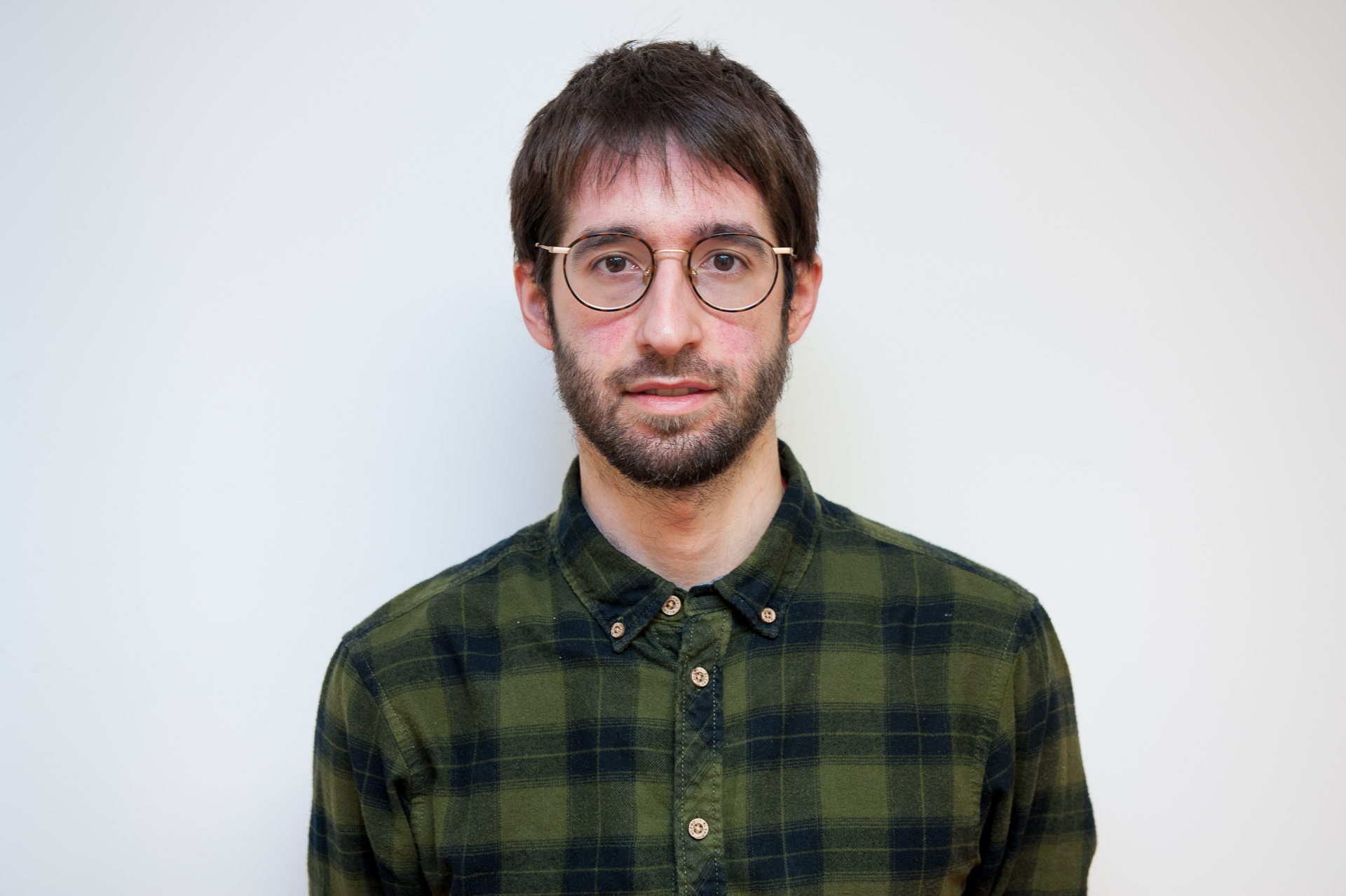
Nephrologist at Hospital de Bellvitge. Association secretary of Societat Catalana de Nefrologia.
PROJECT SUMMARY
Chronic kidney disease is and will be one of the biggest threads for health systems worldwide due to its prevalence and its cost, especially if we talk about renal replacement therapy. Nowadays, kidney transplantation is the treatment of choice since it has shown its superiority at improving survival and quality of life and reducing costs and comorbidity. Despite great technical and treatment advances that had helped to improve short time graft survival, there is a lack of strategies to improve long.term graft survival. There has been a significant progress in immunological risk stratification and immunosuppression, but progressive chronic allograft deterioration remains unchanged. Investigations have mainly focused on the cause of allograft damage while mechanisms of kidney repair are neglected.
It has been demonstrated that, in the glomeruli, there is a subpopulation of parietal epithelial cells (PECs) that are progenitor cells with regenerative capacity (RPCs or Renal Progenitor Cells). These cells represent a 14,8% of all the glomerular cells and are located in the urinary pole of Bowman's capsule. RPCs can be identified as they express CD133+ CD24+ and may differentiate both into tubular cells or podocytes as well as into profibrotic cells. The exact mechanisms that guide this differentiation are not yet well known. The group that the candidate will join, in collaboration with Prof. Romagnani from Florence University, described in a seminal paper the methodology to isolate RPCs from urine in humans.
The group has been working with these cells during the last 5 to investigate the potential role and application of RPCs in Nephrology.
Urinary RPCs can be i
solated in all patients immediately after kidney transplantation and contribute to epithelial repopulation, although the severity of ischemia reduces their function by epigenetic modulation (manuscript in preparation). In another clinical context, 6 months post kidney transplant urinary RPCs are only isolated in 50% of patients and anticipate the kidney allograft deterioration.
The hypothesis is that the presence of urinary RPCs is the result of a compensatory proliferation to repopulate the loss of podocytes caused by hyperfiltration.
Thus, the current research project in which the candidate will take part, is aimed to answer this hypothesis. The project is a clinical trial based on a personalized medicine approach, using the presence of urinary RPCs 6 month after transplantation as biomarker. We will validate our hyperfiltration hypothesis by calculating glomeruli number and single-nephron GFR and will explore the benefit of renal-angiotensin system (RAAS) blockade in this setting.
Briefly, in a double blinded randomized controlled trial, we aim to test if the administration of Valsartan (vs placebo) could be beneficial to prevent eGFR decline in patients at risk, identified by our biomarker. In addition, to better characterize the molecular mechanism that drive RPCs differentiation as a response to damage after transplantation, we will carry out studies of single cell RNA sequencing by microdissection techniques of RPCs isolated from kidney biopsies 6 and 24 months after transplantation, both in patients with and without urinary RPCs. Despite RAAS blockade reduces progression of chronic kidney disease in most nephropathies, its benefit on kidney allograft deterioration is rather controversial. Our study can help to identify the kidney transplant population suitable to take advantage of this treatment intervention.
Per l’estada al Centre de Recerca
Montefiore Hospital (New York).
Pel projecte:
Patrones de Registre Internacional de Suport Mecànic Circulatori
Projecte
Alteracions cerebrals descrites mitjançant diferents tècniques de ressonància magnètica en el Transtorn Obsessiu Compulsiu i la implicació en els seus tractaments.
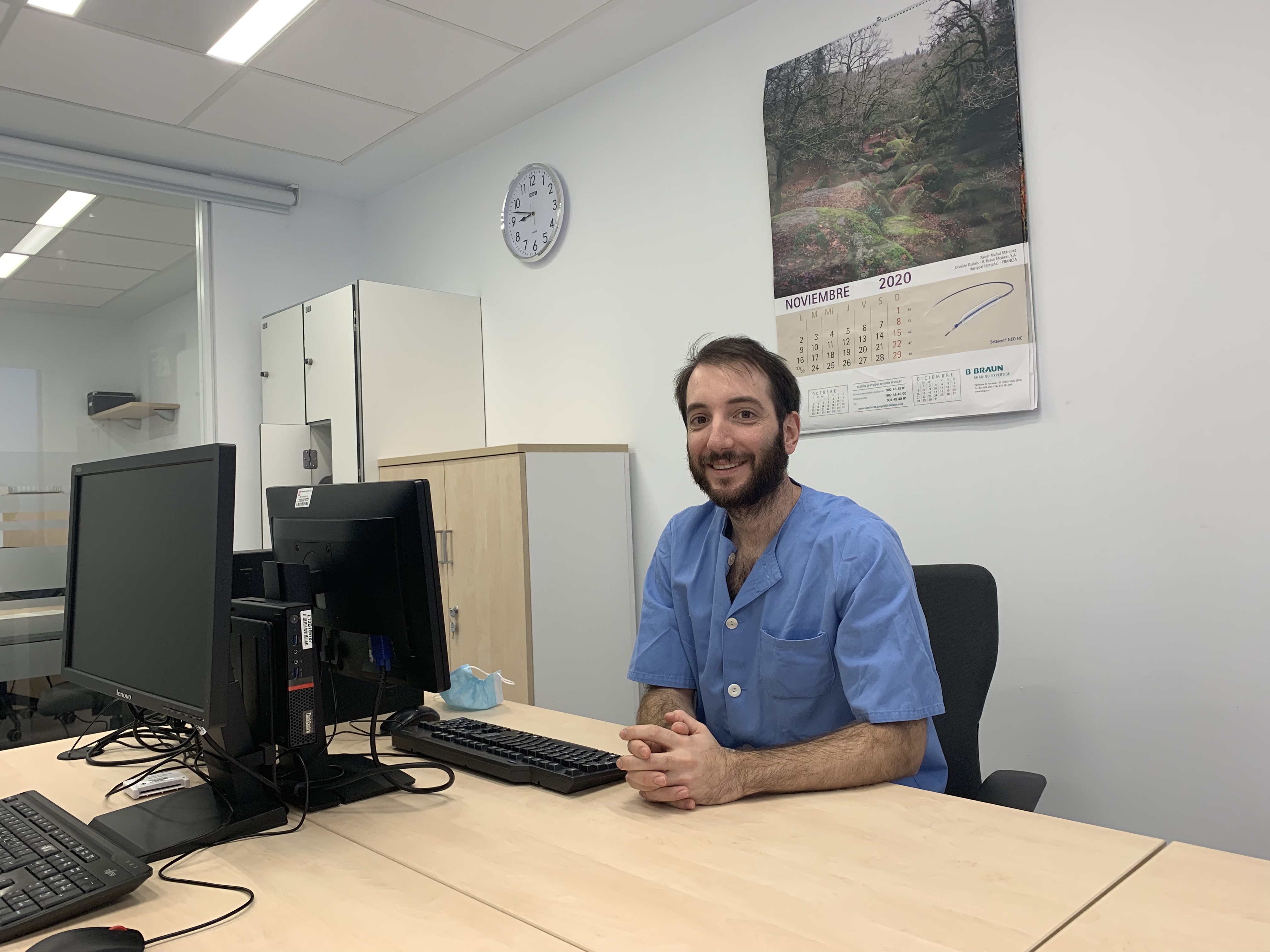
Graduate in Medicine from the University of Barcelona
Cardiology Specialist trained at the Germans Trias i Pujol Hospital.
Training stay in Cardiology and Interventional Radiology at the Hôpital Marie Lannelongue, Le Plessis-Robinson, France (2019-2020).
Currently training in Hemodynamics and Interventional Cardiology at the Germans Trias i Pujol Hospital.
PROJECT SUMMARY
Non-invasive stent monitoring: pre-clinical study in a porcine model.
The objective of this project is to validate the non-invasive microwave-based technology in the porcine model to monitor the status of stents. Stents have a metallic structure with a characteristic electromagnetic resonance in the microwave frequency range. Our group has developed near-field probes that record the scattered radiation generated when the stent is excited in the frequency range between hundreds of megahertz and dozens of gigahertz; the analysis of this radiation makes it possible to obtain the absorbance spectrum of the stent. Changes in the geometry and environment of the stent produce changes in the absorbance spectrum. Using microwave technology, weekly follow-up will be carried out in a porcine model in which coronary and peripheral stents have been previously implanted with the aim of detecting structural damage and stent restenosis phenomena; and correlate it with the results of angiography and histopathological study.
Residence in family and community medicine at the CAP (Primary Care Centre) Ronda PRIM de Mataró.
Family doctor at the CAP Ronda PRIM in Mataró
Training in abdominal, lung, thyroid and musculoskeletal ultrasound.
Collaboration in various research projects in the primary care and emergency services.
PROJECT SUMMARY
Lung ultrasound as a prognostic tool in patients with chronic heart failure.
The techniques and markers currently used in heart failure have low sensitivity to detect congestion in subclinical phases, causing a slow progression of the disease and, therefore, a worsening of the prognosis and an increase in hospitalizations.
Pulmonary ultrasound has been postulated as a tool to detect pulmonary congestion in the early stages. It is a fast, innocuous, easy-to-apply method that can be carried out in the primary care consultation or in the homes of patients and has been shown to have applications in the diagnosis, monitoring of treatment and in the prognosis of insufficiency cardiac.
Currently, there has been an increase in the use of lung ultrasound for the detection of lung congestion for both acute heart failure and chronic heart failure. Studies in patients with chronic heart failure show that lung ultrasound is a tool that could help the doctor to discover asymptomatic patients with the worst prognosis.
The aim of the project is to describe the prognostic usefulness of pulmonary ultrasound in primary care in patients older than 18 years, with a diagnosis of heart failure in the computerized medical record of primary care and a hospital admission with the same diagnosis that confirms it. To do so, a prospective observational study will be carried out to follow-up a cohort in primary care centres in the Mataró area.
The study will be carry out for 2 years and will consist of an inclusion visit where the study variables will be collected, and a quality of life test, a 6-minute walk test, a laboratory test, an electrocardiogram and a lung ultrasound will be performed with a count of B lines. A follow-up will be performed at 12 months with a new blood test and pulmonary ultrasound, and finally, mortality and admissions for heart failure will be evaluated by reviewing the medical history and telephone call at 6, 12, 18 and 24 months .
It is expected to obtain a greater number of visits to the emergency room, hospitalizations due to decompensation of heart failure and deaths in patients with greater pulmonary congestion on pulmonary ultrasound, and it could concluded that pulmonary ultrasound could help detect stable patients with a worse prognosis and thus reduce hospital admissions, emergency room visits and mortality.
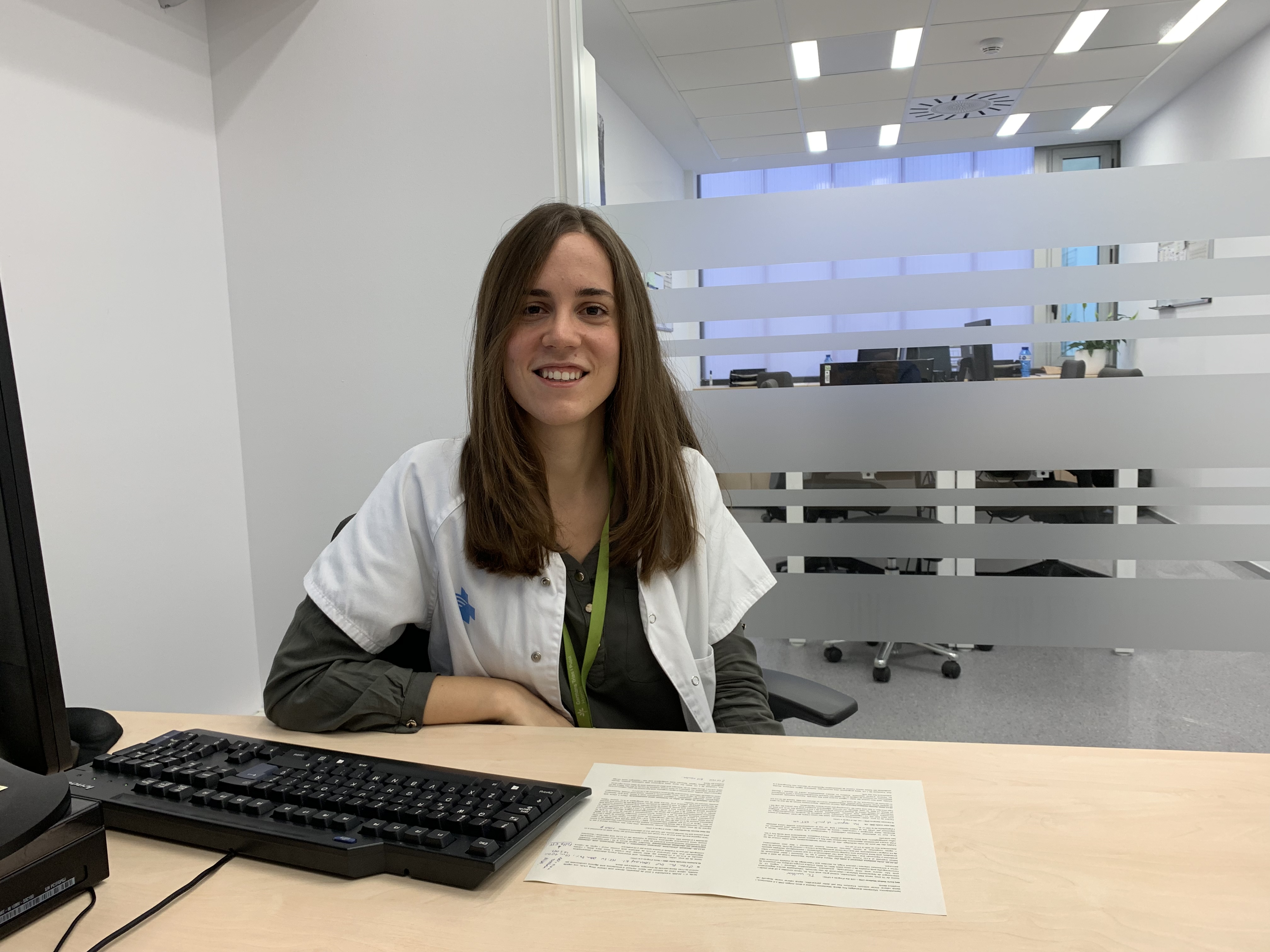
Degree in Medicine from the Universitat Autònoma de Barcelona (UD Parc Taulí, Sabadell).
Specialty in Cardiology at the Germans Trias i Pujol University Hospital (Badalona).
Currently studying a fellowship in the Cardiovascular Critics Unit at the Germans Trias i Pujol University Hospital (Badalona).
One-month training stay at the Royal Brompton Hospital (London) in cardiovascular imaging and two months in the Cardiological Critics Unit of the Hospital de Bellvitge.
PROJECT SUMMARY
Prognostic stratification of cardiogenic shock. analysis with metabolomics techniques
Cardiogenic shock is the main cause of in-hospital mortality in patients with acute myocardial infarction and, currently, it has an incidence that is increasing and a mortality even higher than 50%. Adequate risk stratification is important to identify patients who will have a worse prognosis and who, therefore, may benefit from the early implantation of ventricular or circulatory support aids. The objective of this work will be to identify a metabolite involved in the pathophysiology of cardiogenic shock that is correlated with the survival of these patients and with the current risk scales, to try to offer a more precise and individualized management to our patients, thus improving their prognosis. both in the short and long term.
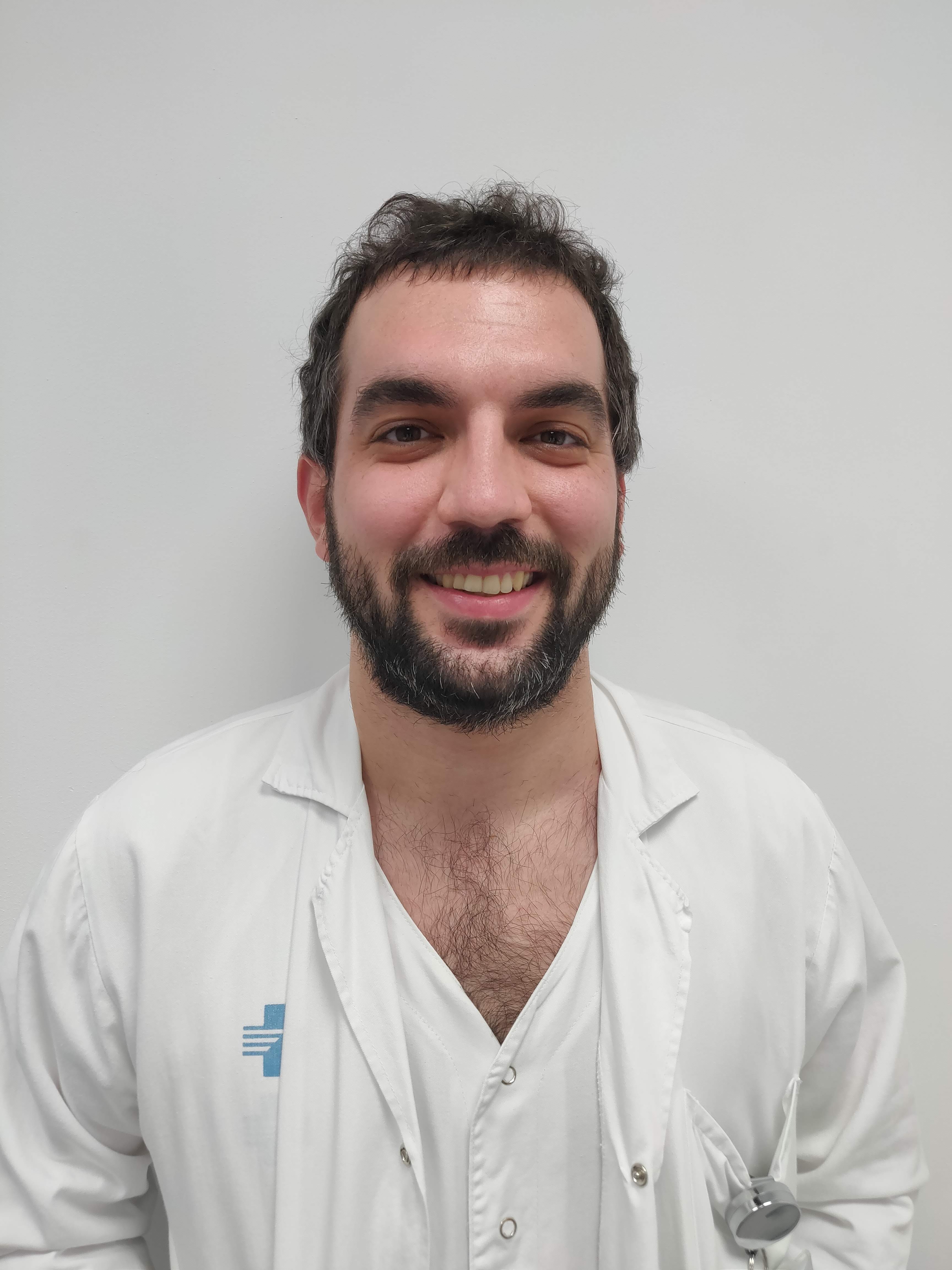
Degree in Medicine at the Universitat Autònoma de Barcelona.
Specialist in Neurology at the Germans Trias i Pujol University Hospital.
Rotation by the Headache Unit at the San Carlos University Hospital (Madrid)
Currently a beneficiary of the Talents 2020 grant (extension of the 2019 grant) and a part-time doctor in the Neurology hospital at the Germans Trias i Pujol University Hospital.
PROJECT SUMMARY
Electronic headache diary in patients with high frequency episodic migrain or chronic migrain: impact on record quality and quality of life
Migraine is a disease characterized by recurrent crises of headache (typically unilateral, throbbing, and high intensity accompanied by nausea and/or vomiting, photophobia and phonophobia) lasting between 4 and 72 hours. Worldwide it is the sixth leading cause of illness and the second in years lived with a disability3, in Spain it means 20 million working days lost annually. The forms of high frequency (10-14 days/month) and chronic (> 14 days/month have the highest socioeconomic impact.
A diary of headaches is essential for the diagnosis and management of the pathology. Proper filling requires active patient participation and allows the physician to tailor treatment to each case. The use of electronic tools to facilitate their completion is becoming more and more popular, mostly in the form of a mobile application. The most widespread and functional that complies with e-diary recommendations is Migraine Buddy. Although the latest update of the International Headache Society's guideline for clinical trials of preventive treatments in chronic migraine recommends the use of an electronic journal for data collection in research, it has not been studied, neither the applicability in routine clinical practice nor the impact on patients’ quality of life.
Taking into account the theoretical background, the following hypothesis has been formulated: filling a diary of headaches with incomplete and / or incorrect data leads to worse management of high-frequency and chronic episodic migraine and that the use of 'an electronic journal using an app (Migraine Buddy ©) will improve the reliability of records and, therefore, the management of the disease, with the consequent improvement in quality of life. Thus, the evaluation of the effect of using an electronic diary on improving the quality of patient data compared to the paper diary as a primary objective, and the impact on the quality of life, the degree of satisfaction and profitability in identifying triggers as secondary objectives.
The design of the study is prospective, with patients with episodic migraine of high frequency or chronic treated consecutively at the consultation of refractory headaches of our centre. They will be stratified randomly in the experimental group (electronic journal) and in the control group (paper journal). Follow-up visits will be at 3 and 6 months and will collect the usual variables in any research work on migraine (monthly migraine and headache days, symptomatic treatment consumption, quality of life scales, etc.) and those related to triggers and satisfaction with the newspaper. A sample size of 65 subjects per group has been estimated.
Proper recording of seizures in a diary of headaches is essential for the therapeutic management of patients with high-frequency episodic migraine and chronic migraine and has become even more important with new monoclonal antibody treatments. If the hypothesis is confirmed, the use of the electronic journal will result in more reliable data that will imply a more efficient management of this pathology. Additionally, it will allow the selection of suitable candidates for the new therapeutic options (higher cost). Thus, it is expected to improve the quality of life of patients and reduce the impact of the disease on the health system.
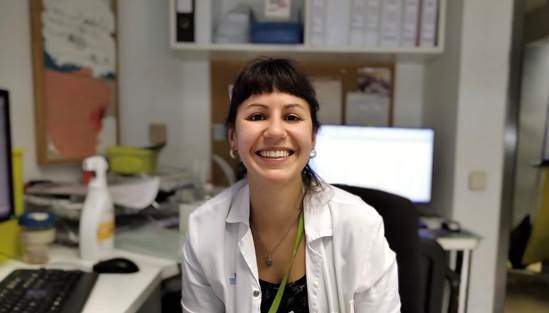
Degree in Medicine and Surgery at the Universitat Autònoma de Barcelona, 2015.
Training in Neurology at the Germans Trias i Pujol University Hospital, completed in 2020. Her special interest in the field of Movement Disorders during her residency, she has brought her to carry out several rotations in this field (Hospital de la Santa Creu i Sant Pau and Movement Disorder Clinic, Toronto Western Hospital, Toronto, Ontario, Canada).
PROJECT SUMMARY
High intensity focused ultrasound for the treatment of refractory tremor in parkinson's disease and essential tremor. creation of a pioneering healthcare process in the national health system.
Refractory tremor is a disabling symptom typical of two very prevalent diseases: essential tremor (ET) and Parkinson's disease (PD). Currently, drug treatment (50% do not respond or have adverse effects), and functional surgery (restrictive), leave many patients without the possibility of therapy.
High intensity focused ultrasound guided by magnetic resonance imaging (HIFU) allows treating this symptom in a non-invasive, safe, and effective way by creating a small lesion in the desired place, changing the paradigm of these diseases. The Germans Trias i Pujol University Hospital, Can Ruti, will be the first state public centre to implement HIFU within the care and clinical research fields.
This project aims to demonstrate the safety, efficacy, and good cost-benefit ratio of HIFU, implementing a care process for patients affected by refractory tremor with ET and PD that allows assessing, monitoring and selecting the best candidates for HIFU.
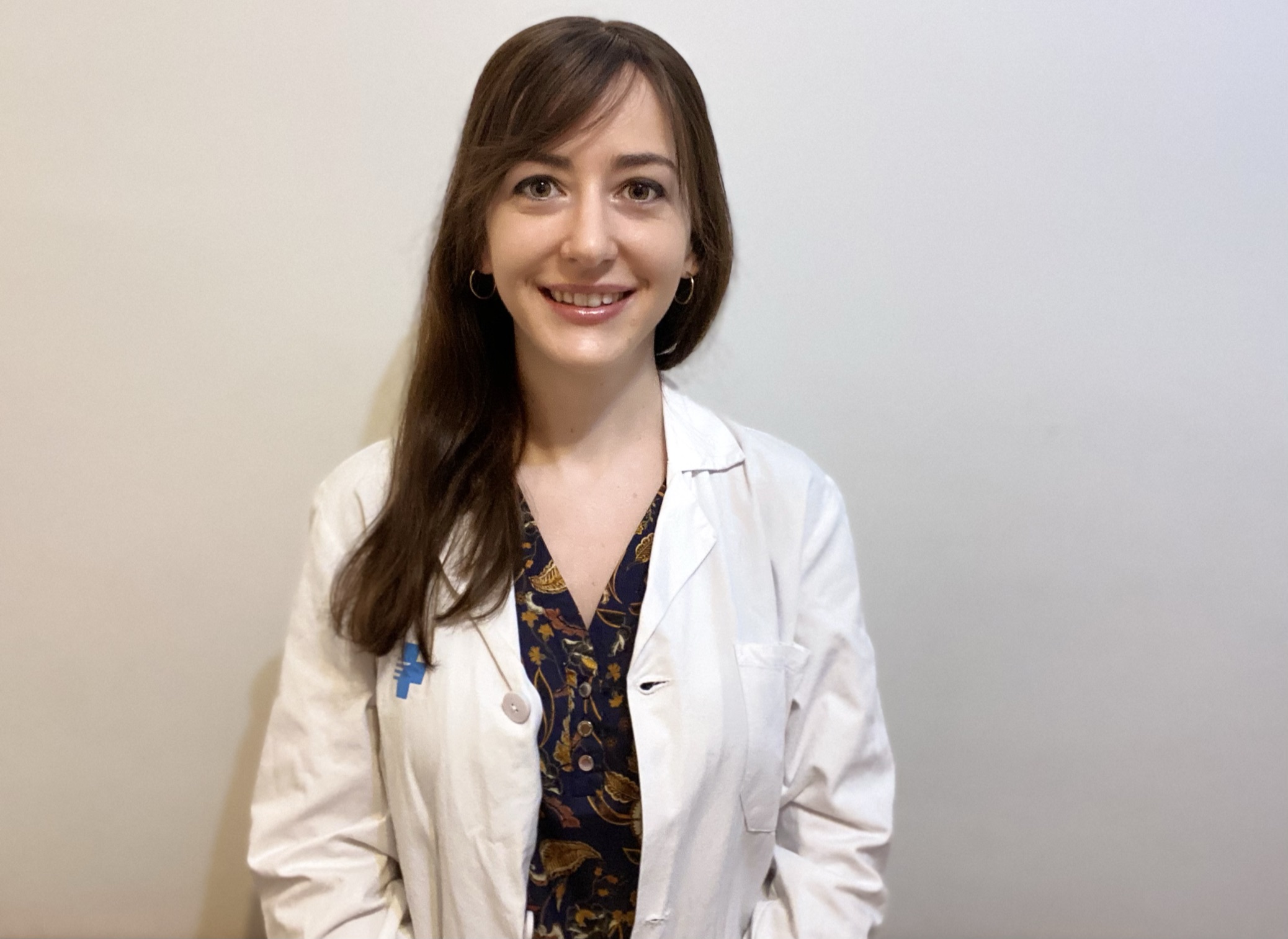
Specialist in Medical-Surgical Dermatology
Associate of the Dermatology Service of the Germans Trias i Pujol University Hospital, where she completed her MIR training period.
Author and collaborator of multiple publications and communications in national conferences.
She performed her external rotation at the University Hospital of Graz, Austria, in the Unit for autoimmune diseases and connective tissue diseases and immunodermatologies, and the department of Dermatopathology. She collaborates as a sub-investigator in numerous clinical trials in atopic dermatitis and psoriasis. Research Grant from the Catalan Society of Dermatology in May 2020 and Euroderm Excellence Grant 2019 from the European Academy of Dermatology and Venereology.
Principal investigator in the project Study of DNA methylation in patients with atopic dermatitis: relationship with disease activity and response to treatment.
PROJECT SUMMARY
Study of dna methylation in patients with atopic dermatitis: relationship with disease activity and response to treatment.
Atopic dermatitis (AD) affects up to 10% of adults, of which 20% will require systemic treatment. Despite the development of new therapies, the results are still unsatisfactory in a large proportion of patients. This project is based on the strong association between epigenetic alterations and aberrant immune responses. DNA methylome in myeloid cells from AD patients will be compared to healthy controls, and an attempt will be made to define AD subtypes and response prediction models, which will contribute to efficiency in the selection of targeted therapy, reducing costs and risks of ineffective treatments, which will result in personalized medicine, adapted to the patient's profile.
This study results from the collaboration between the Dermatology Service of the Germans Trias i Pujol University Hospital -led by Dr. J.M. Carrascosa- and the Epigenetics and Immunity Group of the Josep Carreras Research Institute- led by Dr. E. Ballestar, in collaboration with researcher O. Morante.
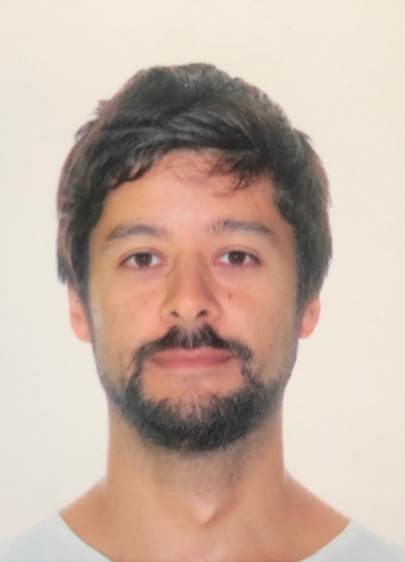
Degree in medicine from the Universidad del Desarrollo, Santiago, Chile.
Specialist in Ophthalmology, residency at Germans Trias i Pujol University Hospital .
Master in Vitreoretinal Pathology from the Barraquer University Institute.
Doctorate from the Department of Surgery and Morphological Sciences, Autonomous University of Barcelona.
PROJECT SUMMARY
Evaluation by optical coherence tomography angiography of the change in macular vascular flow and its relationship with visual acuity in patients with on macula rhegmatogenous retinal detachment
Longitudinal prospective study of a cohort of patients that will analyse the changes that occur in perifoveal capillary flow and their correlation with the visual results in patients operated on for RRD with macula ON using PPV. It will include 60 eyes of 30 patients who will attend the Ophthalmology Service of the Germans Trias i Pujol University Hospital. Patients with recent-onset macula ON RRD and successfully repaired in a single surgical procedure, consisting of PPV 23g and gas tamponade will be included. Patients with macula OFF RRD, other retinal surgery with macular involvement, neuropathy, glaucoma or media opacity will be excluded. All patients will undergo an ophthalmologic examination prior to PPV, which will include measurement of best-corrected visual acuity, slit lamp examination, and fundus examination. Flow measurements will be made at the level of the superficial and deep Swept Source OCT technology, DRI OCT Triton (Topcon Corporation, Tokyo, Japan) perifoveal vascular plexus.
The images obtained will be processed through MATLAB (MathWorks Corporation, Massachusets, US). All evaluations will be repeated in the affected eye and the healthy contralateral eye on the first, third, sixth and twelfth months after surgery.
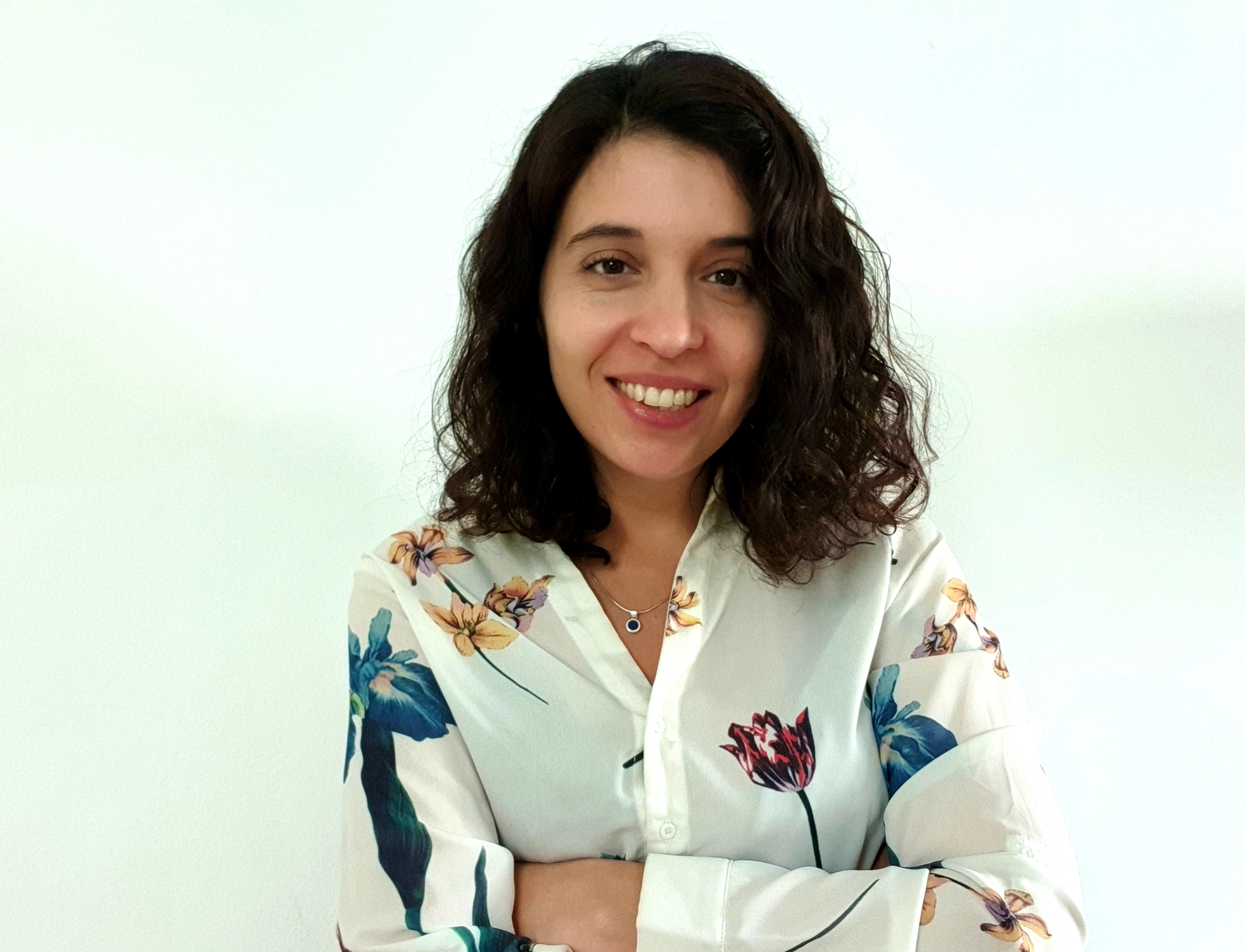
Graduated in Medicine with Cum Laude distinction from Andrés Bello University, Viña del Mar, Chile.
Specialized in Pulmonology, training carried out at the Germans Trias i Pujol University Hospital.
Training as Visiting Fellow, in 2018, in the Pleural Pathology Unit of Addenbrookes Hospital - Cambridge University, United Kingdom
Award for the best communication at the congress of the Asociación Española de Endoscopia Respiratoria (AEER), in May 2018.
She is currently a pre-doctoral fellow at the Autonomous University of Barcelona (UAB), with the Radiómica project in lung cancer screening, which she develops at the Germans Trias i Pujol University Hospital, and in which she works together with mathematicians from the center vision team from the UAB, experts in artificial intelligence and medical imaging
PROJECT SUMMARY
Radiomics and radiogenomics in lung cancer screening- radiolung
Low-dose computed tomography (LDCT) lung cancer screening (LCS) has recently been shown to reduce mortality by 20-25%. Around 12% of LDCT-base detect pulmonary nodules (PN), with almost half of these being benign. LCS could be optimized with radiomics, a technology that converts medical images into quantifiable data. The aim of the RADIOLUNG project is to create a multi-radiomic algorithm that discriminates between lung cancer and benign tumours. In the first prospective phase will do a pathological / genomic analysis of 300 PN-malignant and 30 PN-benign will be done and will be correlated with the radiomic profile obtained by CT-chest and PET-scan to create the algorithm. The second phase will validate this algorithm in 1,000 patients from the International Lung Screen Trial (NCT-02871856). As a result, we hope to reduce false positives in PN found in LDCT by more than 50%. This will improve the effectiveness of LCS and reduce the psychological damage/burden on patients.
Projecte:
Diseño y validación de un instrumento de Medida PRO (Patient Reported Outcome), específico en Fatiga para pacientes con Esclerósis Múltiple
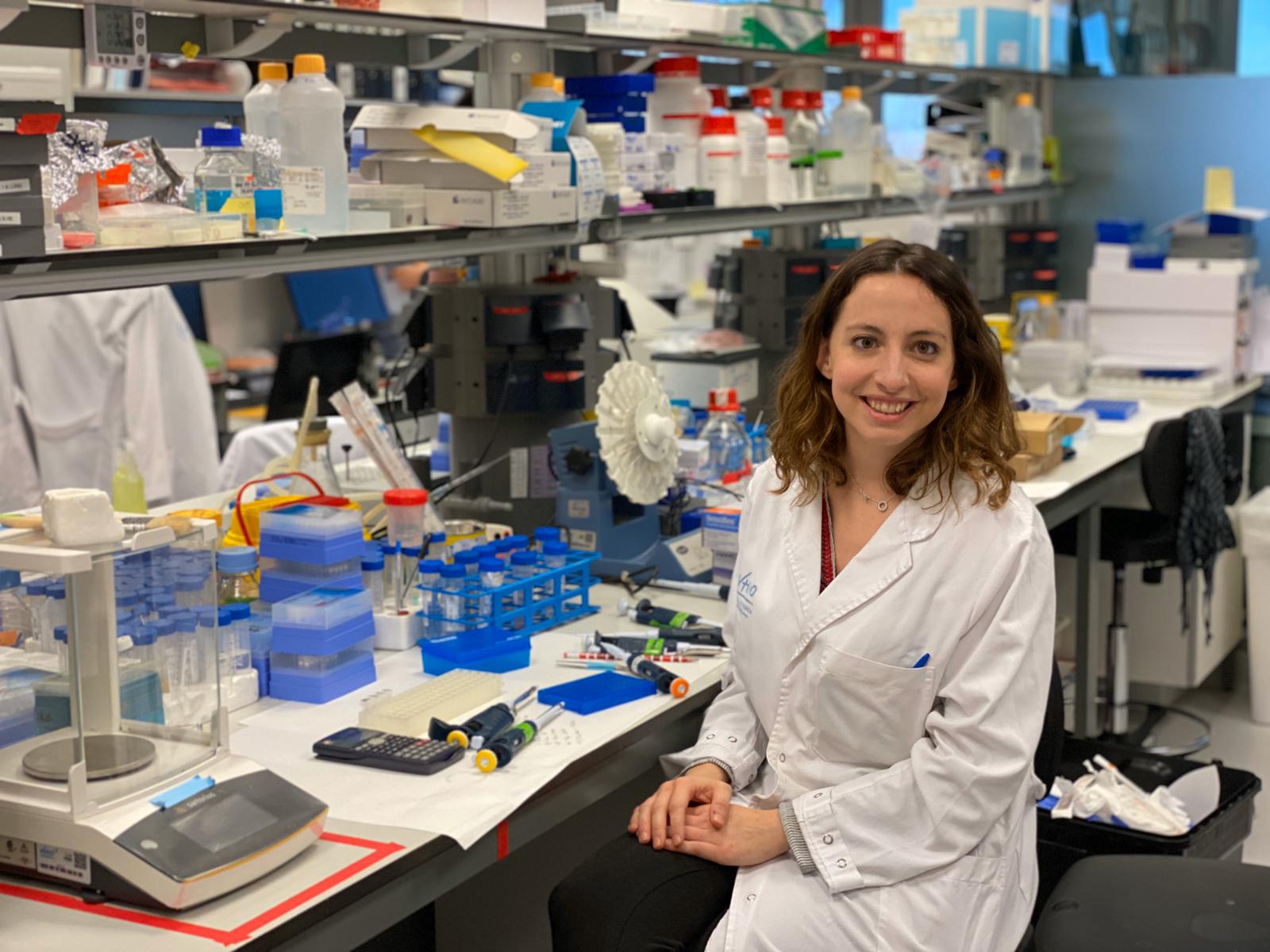
Degree in Medicine from the University of Navarra, 2007-2013
Medical Oncology Residence at the University of Navarra Clinic, 2014-2019
PROJECT SUMMARY
Identification of response biomarkers to anti-tgfβ and anti-lif treatments in colorectal (crc) cancer
TGFβ and LIF are pleiotropic cytokines with a crucial role in cancer. Several inhibitory compounds of both cytokines are being tested in clinical trials, but we do not know which patients might respond to these inhibitors. In this proposal, we will look for biomarkers that will allow identifying patients with higher chance of responding to these inhibitors. We have previously performed transcriptomic analysis of patient-derived tumoroids treated with TGFβ and LIF inhibitors. The list of differentially expressed genes will be the basis for the identification of biomarkers to predict response to these therapies. We will develop a TGFβ and LIF signature based on the common gene responses to TGFβ and LIF across tumor types. We will generate a nanostring gene panel with TGFβ and LIF signatures and will correlate the signatures of macrophages and cytotoxic CD8 Tcells across CRC subtypes.
Projecte:
Immunomonitorització de biomarcadors en pacients fràgils sotmesos al programa de prehabilitació multimodal previ a una cirurgia oncològica complexa (cistectomia)
Projecte:
Maneig de l'ús inapropiat d'opioides en pacients amb càncer de pulmó
Projecte:
Identification of predictive biomarkers of response to chemotherapy and immune checkpoint inhibitors in early triple negative breast cancer: A study of T Lymphocytes immunodynamics